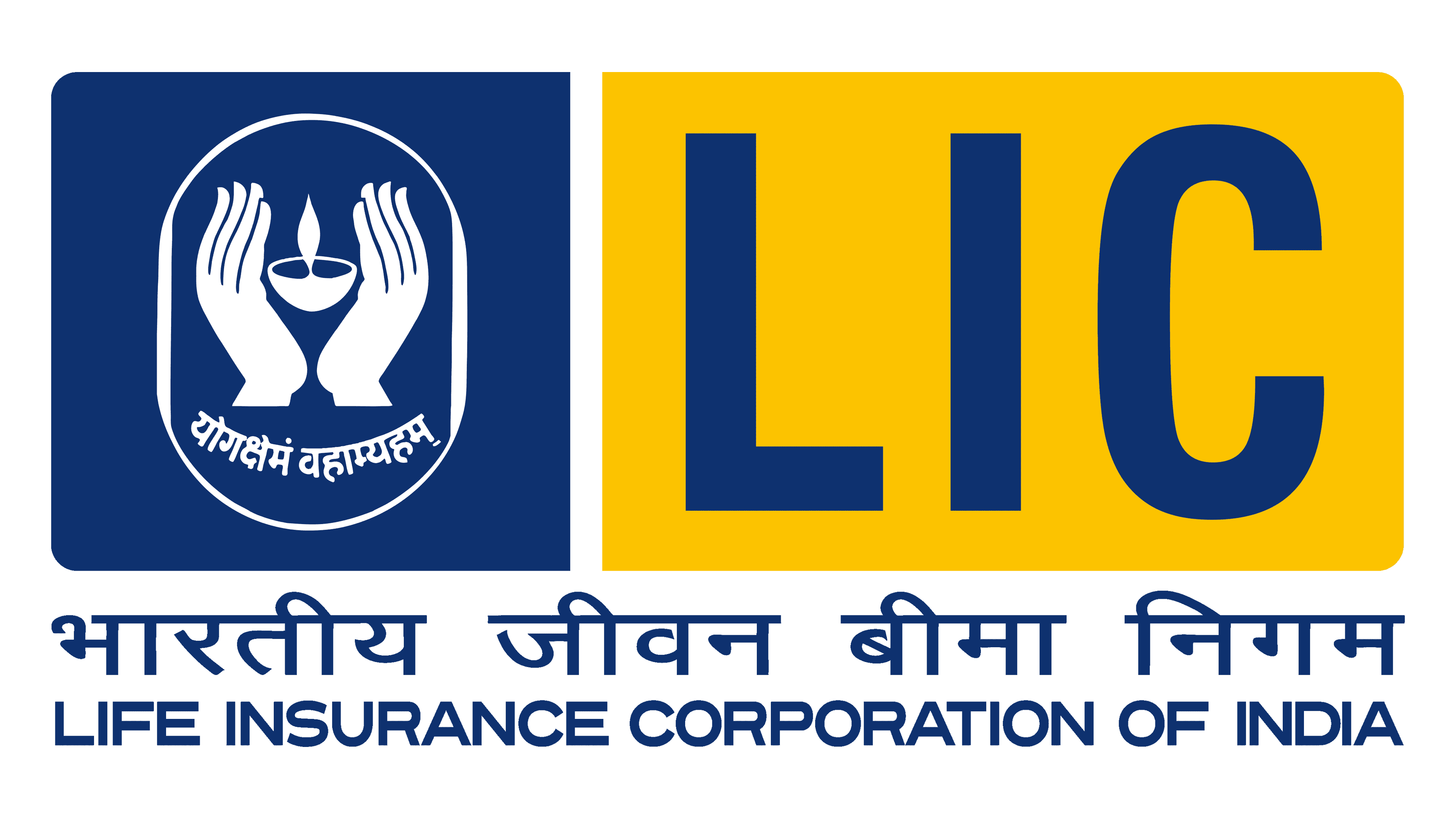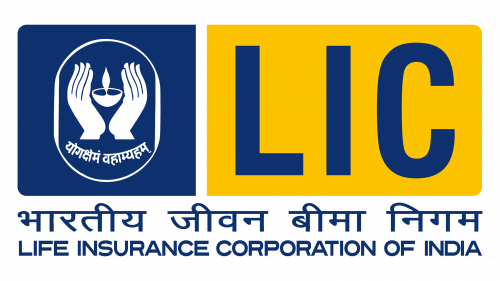LIC Logo
LIC, or Life Insurance Corporation of India, is a state-owned insurance and investment corporation. It was established when the Indian government nationalized the private insurance industry, amalgamating over 240 companies into one. Created in Mumbai, India, its primary purpose is to provide life insurance coverage to the masses, ensuring financial security and support to the policyholders’ families in case of unforeseen events. LIC has since evolved, playing a pivotal role in India’s financial ecosystem.
Meaning and history
Founded in 1956 in Mumbai, India, LIC emerged from the nationalization of private insurers, uniting 245 entities. Initially a government venture, it aimed to insure India’s masses. Over decades, LIC grew, becoming a financial giant. Ownership remained with the Indian government, ensuring stability. Its portfolio diversified, from traditional life insurance to pensions, health insurance, and investments. Despite market liberalization in the 1990s, LIC held its ground against private competitors. In 2021, the government announced plans for partial privatization, signaling a historic shift. Yet, LIC’s core mission—to provide insurance for all—remains unchanged.
What is LIC?
LIC, the Life Insurance Corporation of India, stands as a monolith in the insurance landscape, born from the vision of offering a safety net to millions. It’s a beacon of trust, weaving the financial security of generations since 1956, underpinned by government stewardship.
Today
The logo is a striking tableau of blue and gold, with the acronym “LIC” prominent in bold, yellow block letters. Centered in a blue field, two white hands gently cup a diya, an Indian oil lamp, symbolizing life, guidance, and prosperity. Below, the motto in Devanagari script reinforces the essence of care and trust. This emblem represents the Life Insurance Corporation of India, resonating with cultural significance and a commitment to life coverage.











